Rajgira Poori recipe, a delightful gluten-free flatbread made from amaranth flour, ideal for fasting(vrat) meals. Crispy and aromatic, it pairs wonderfully with Vrat Wale Aloo Ki Sabji for a satisfying and flavorful experience.
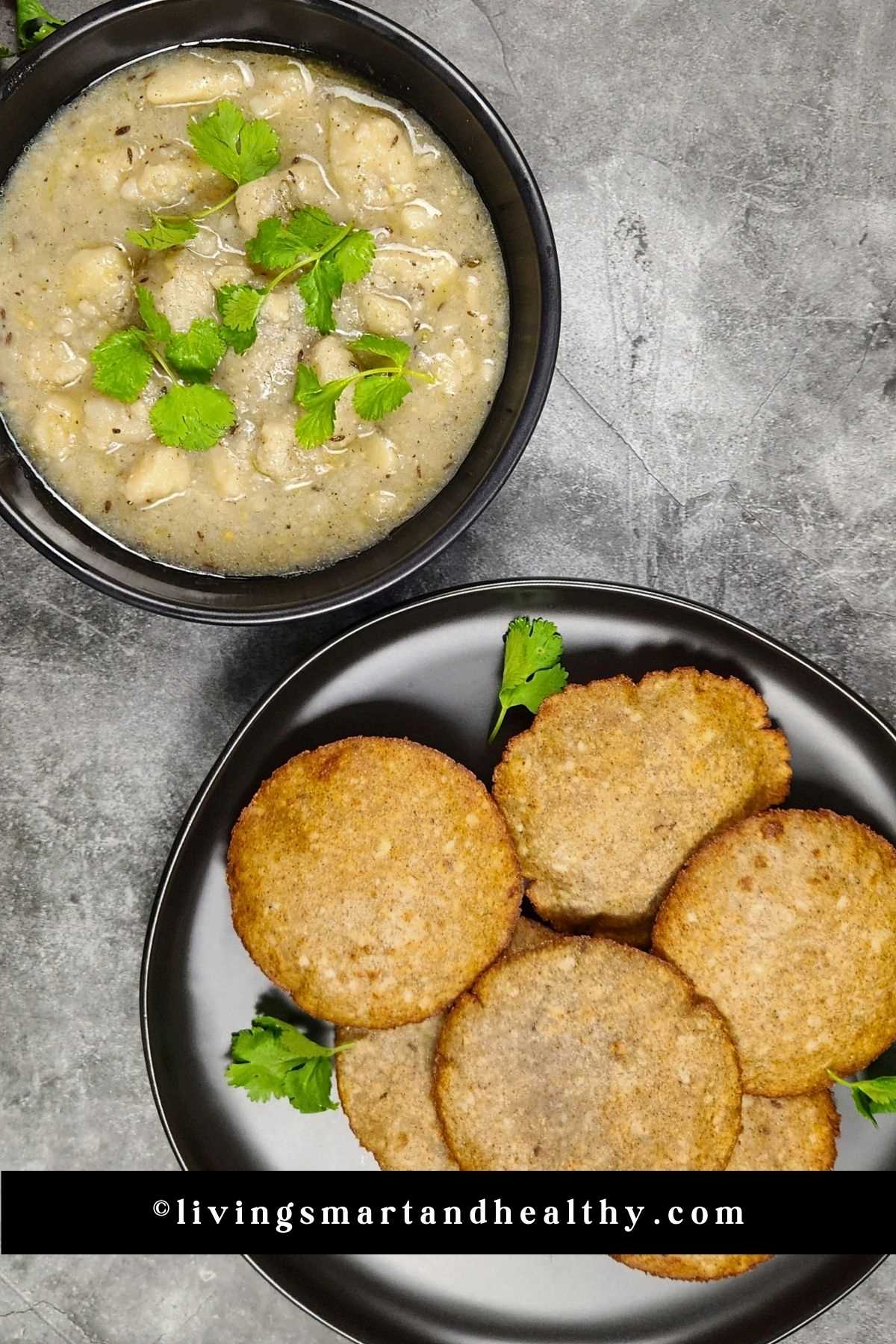
I love the simplicity and flavor of Rajgira Poori, a gluten-free delight made from wholesome amaranth flour. With its crispy texture and subtle nutty taste, this traditional Indian flatbread is the perfect accompaniment to my favorite Vrat Wale Aloo Ki Sabji, making it a comforting and satisfying meal during fasting days.
Vrat Vali Puri can be made using various fasting flours and ingredients, and this recipe is one example using rajgira flour and boiled potatoes. These puris are not only delicious but also adhere to the dietary restrictions observed during religious fasting in Hinduism.
It's important to note that the specific ingredients and recipes for vrat vary based on regional and personal preferences. However, the use of certain flours, rock salt, and spices that are considered acceptable for fasting is a common feature of Vrat Vali Puris.
Jump to:
About Rajgira Ki Puri
"Vrat Vali Puri" is a term used in India to refer to puris that are specifically prepared for religious fasting, especially during Hindu fasting rituals or festivals.
These puris are made using ingredients that are allowed during Hindu fasting, which typically includes specific flours, such as rajgira (amaranth) flour, singhara (water chestnut) flour, or kuttu (buckwheat) flour, and fasting-friendly seasonings like sendha namak (rock salt) and spices.
The term "vrat" in "Vrat Vali Puri" means "fast" or "fasting," and these puris are commonly consumed by individuals observing vrat or upvaas, which are religious fasting periods where specific foods and ingredients are restricted or prohibited. Some common occasions for observing vrat include Navaratri, Ekadashi, Maha Shivaratri, and more.
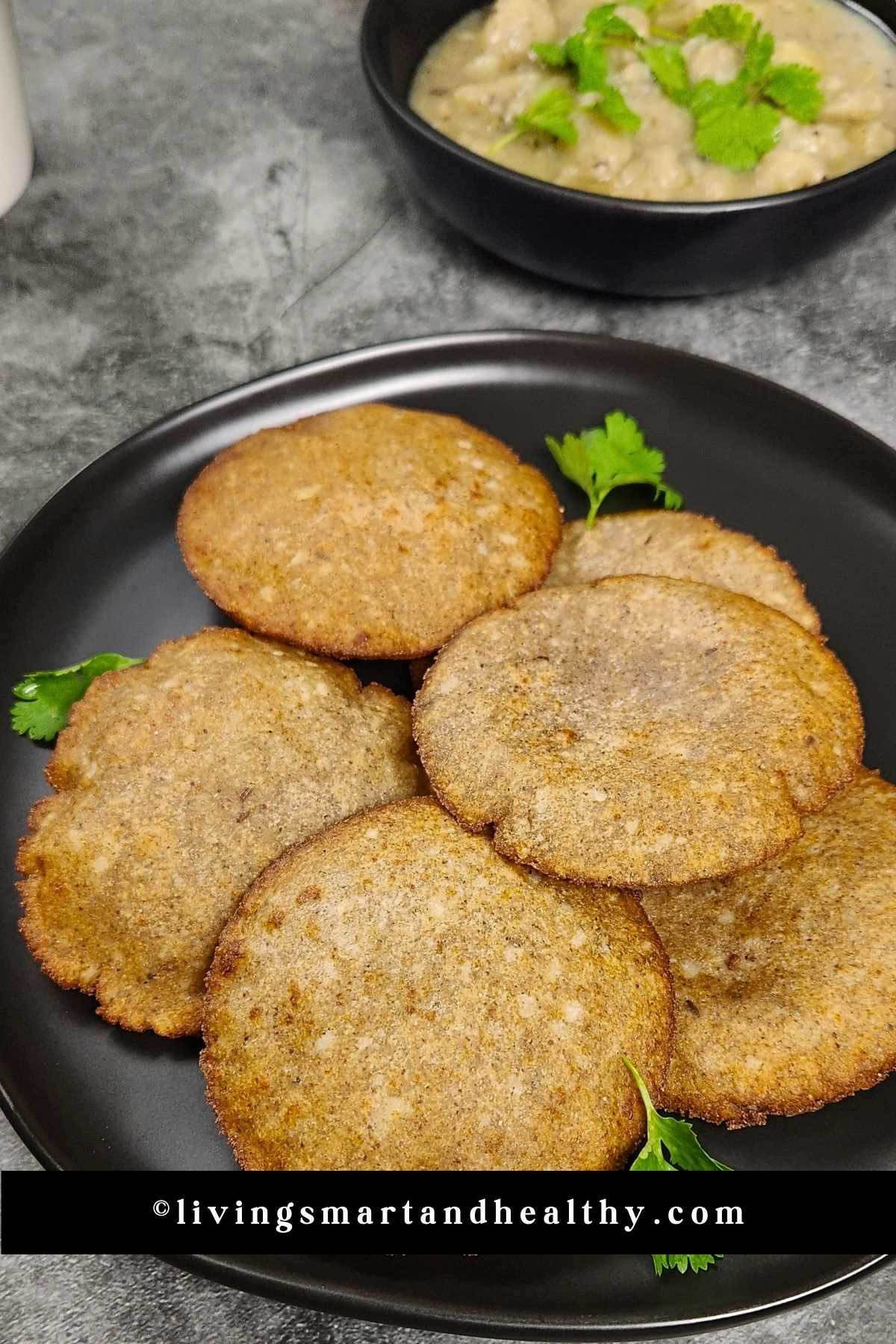
Ingredients For Vrat Ki Puri
Here's a brief description of the main ingredients used in the Vrat Ki Puri recipe:
- Rajgira (Amaranth) Flour: Rajgira flour is a gluten-free flour made from amaranth seeds. It is commonly used during Hindu fasting because it is considered a fasting-friendly ingredient. It's nutritious and provides a unique, nutty flavor.
- Boiled Potatoes: Boiled potatoes are used to provide a soft, starchy texture to the puris. They also add a subtle flavor to the puris. Potatoes are allowed during fasting and are a common ingredient in vrat recipes.
- Crushed Black Pepper: Crushed black pepper adds a mild spiciness and flavor to the puris. It's used in moderation to season the dough.
- Sendha Namak (Rock Salt): Sendha namak, also known as rock salt, is a type of salt that is used during fasting, as regular table salt is typically avoided. It imparts a salty taste to the puris.
- Water for Kneading: Water is used to knead the dough and make it pliable.
- Ghee or Oil for Frying: Ghee or oil is used to fry the puris. Ghee is preferred for a richer flavor, but you can use any fasting-friendly oil if you prefer. Frying gives the puris their characteristic crispy texture.
These ingredients come together to create Vrat Ki Puri, which is a delicious and fasting-compliant snack or accompaniment to various vrat dishes.
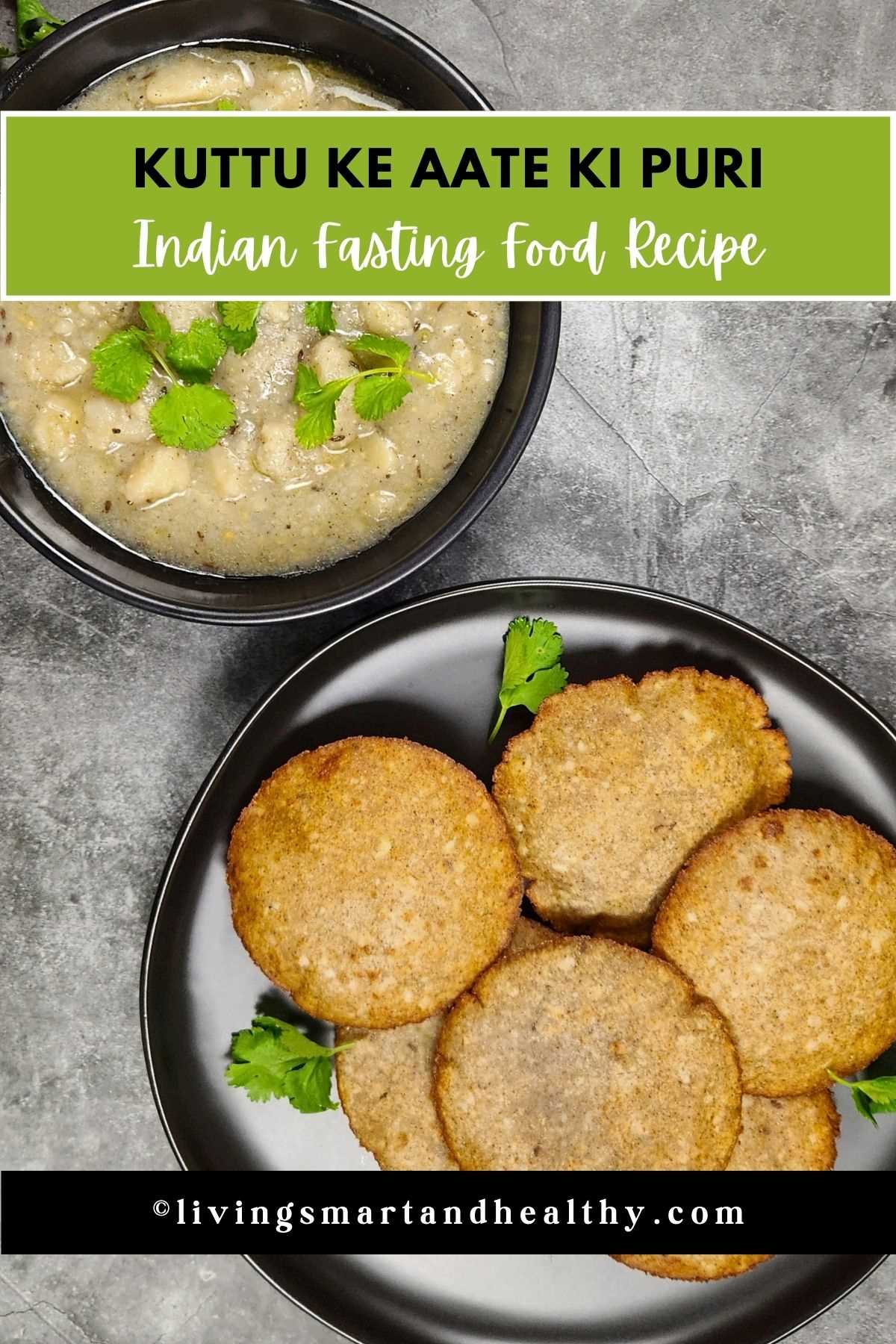
How to Make Vrat Ki Puri
Here's a recipe for Vrat ki Puri, which is a fasting-friendly dish using boiled potato, rajgira (amaranth) flour, crushed black pepper, and sendha namak (rock salt):
- Add the rajgira (amaranth) flour to the mashed potatoes.
- Season the mixture with crushed black pepper and sendha namak (rock salt). Adjust the seasoning to your taste.
- Start kneading the dough by mixing the ingredients. If the dough is too dry, add a little water, but be cautious as you don't want it to be too wet. You want to achieve a smooth, pliable dough.
- Divide the dough into small, equal-sized portions and roll them into balls.
- Heat ghee or oil in a deep frying pan over medium heat.
- Take a ball of dough and place it on a clean surface. Gently press it with your fingers to flatten it. Note: You can use plastic bag to roll the puri.
- Roll out the flattened ball into a puri using a rolling pin, without tearing the dough. The puri should not be too thin or too thick, roll it to a medium thickness.
- Once the oil is hot, carefully slide the rolled puri into the hot oil. Fry until it puffs up and turns golden brown on both sides.
- Use a slotted spoon to remove the puri from the oil and place it on a plate lined with paper towels to absorb any excess oil.
- Repeat the process with the remaining dough balls.
Your Vrat ki Puri is ready to be served. These puris go well with Vrat Wale Aloo ki sabzi (potato curry) or any other fasting-friendly side dish. Enjoy your meal!
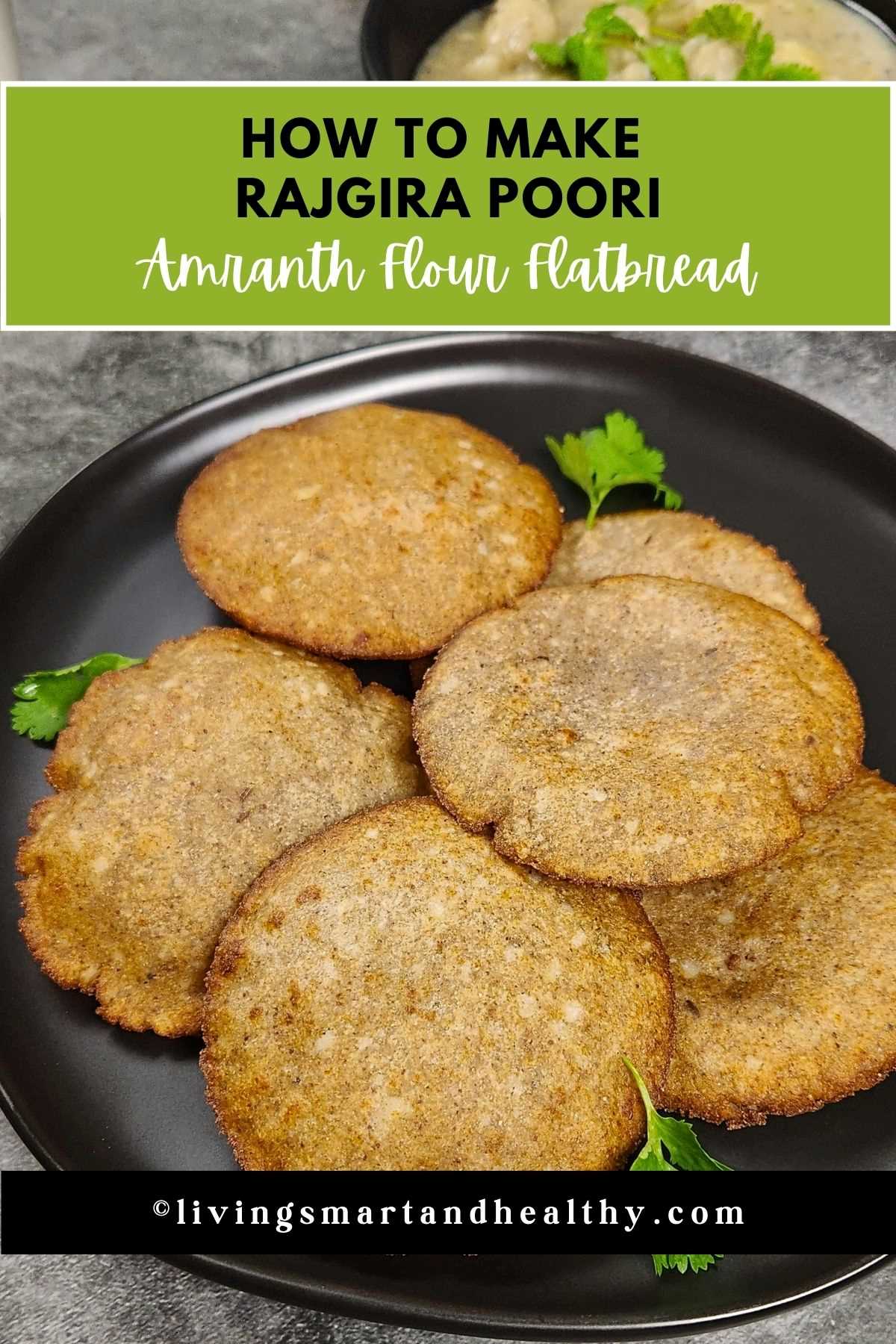
Storage
Store Vrat Ki Puri in an airtight container at room temperature. Best if consumed same day. You can store it for 2-3 days in the refrigerator. Reheat in microwave and serve warm.
Tips
Here are some tips for making and storing Vrat Ki Puri:
- Perfect Dough: When making the dough, be cautious not to make it too wet or too dry. Add water in small amounts as needed to achieve a smooth, pliable consistency.
- Roll Thin: Roll out the puris as thinly as possible for a crispy texture. Thick puris may not puff up well and can turn out doughy.
- Maintain Hot Oil: Ensure the oil or ghee is hot but not smoking when you fry the puris. The right temperature is crucial for puffing and a crispy finish.
- Keep Covered: While working with the dough and puris, cover them with a clean cloth or plastic wrap to prevent them from drying out.
- Reheat Carefully: If reheating puris, microwave for few seconds and serve warm.
By following these tips, you can ensure that your Vrat Ki Puri turns out crispy and maintains its freshness for as long as possible.

More Vrat (Fasting) Recipes
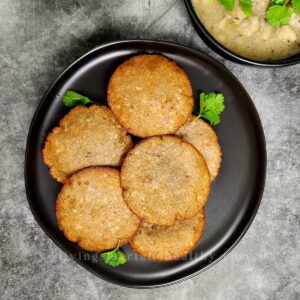
Rajgira Poori | Amaranth Puri | Vrat Ki Puri
Equipment
Ingredients
- 1 cup Rajgira ,(Amaranth flour) or kuttu ka atta
- 1 medium boiled potato ,mashed
- ¼ teaspoon cumin seeds
- ½ teaspoon crushed black pepper
- Sendha namak ,rock salt to taste
- Water for kneading
- Ghee or oil for frying
Instructions
- Add the rajgira (amaranth) flour or kuttu ka atta to the mashed potatoes.
- Season the mixture with crushed black pepper, cumin seeds, and sendha namak (rock salt). Adjust the seasoning to your taste.
- Start kneading the dough by mixing the ingredients. If the dough is too dry, add a little water, but be cautious as you don't want it to be too wet. You want to achieve a smooth, pliable dough.
- Divide the dough into small, equal-sized portions and roll them into balls.
- Heat ghee or oil in a kadai (wok) over medium heat.
- Take a ball of dough and place it on a clean surface. Gently press it with your fingers to flatten it. Note: You can use plastic bag to roll the puri.
- Roll out the flattened ball into a puri using a rolling pin, without tearing the dough. The puri should not be too thin or too thick, roll it to a medium thickness.
- Once the oil is hot, carefully slide the rolled puri into the hot oil. Fry until it puffs up and turns golden brown on both sides.
- Use a slotted spoon to remove the puri from the oil and place it on a plate lined with paper towels to absorb any excess oil.
- Repeat the process with the remaining dough balls.This recipe yields 8 puris.
- Your Vrat ki Puri is ready to be served. These puris go well with Vrat Wale Aloo ki sabzi (potato curry). Enjoy your meal!
Notes
- Tips
Nutrition
Disclaimer
Nutrition values are my best estimates. If you rely on them for your diet, use your preferred nutrition calculator.

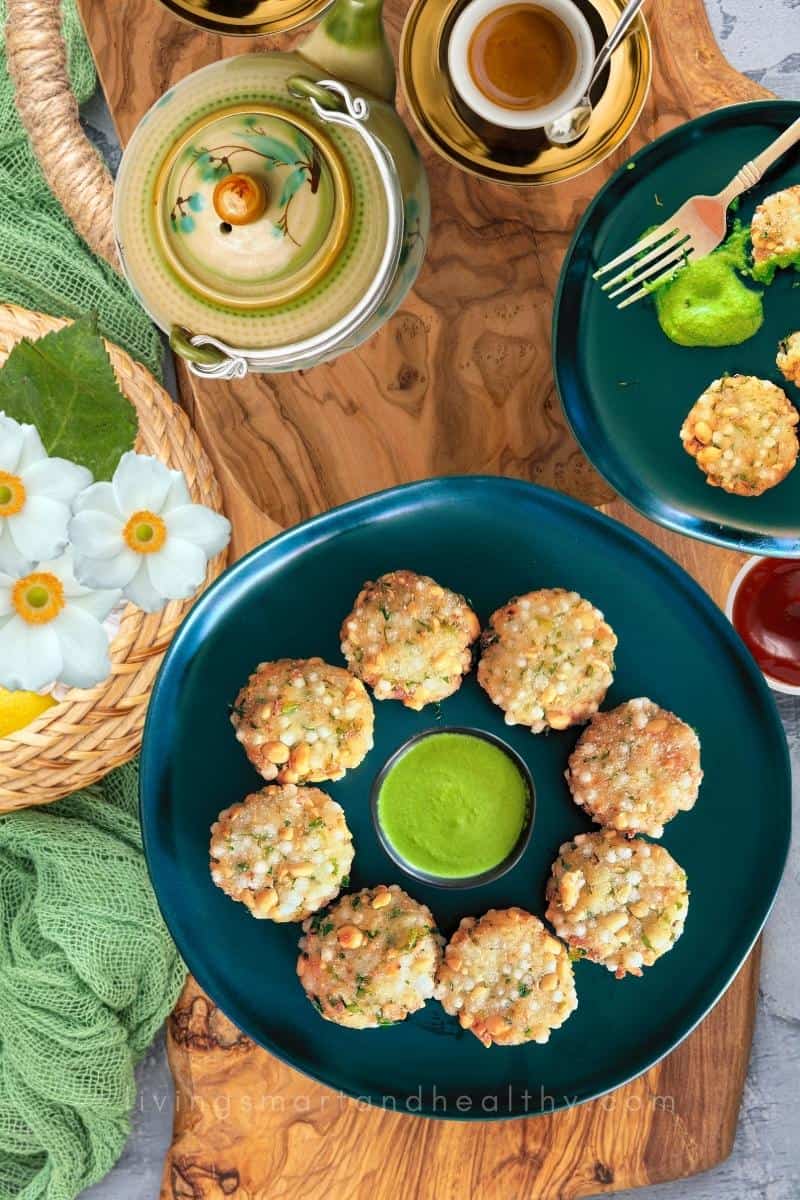
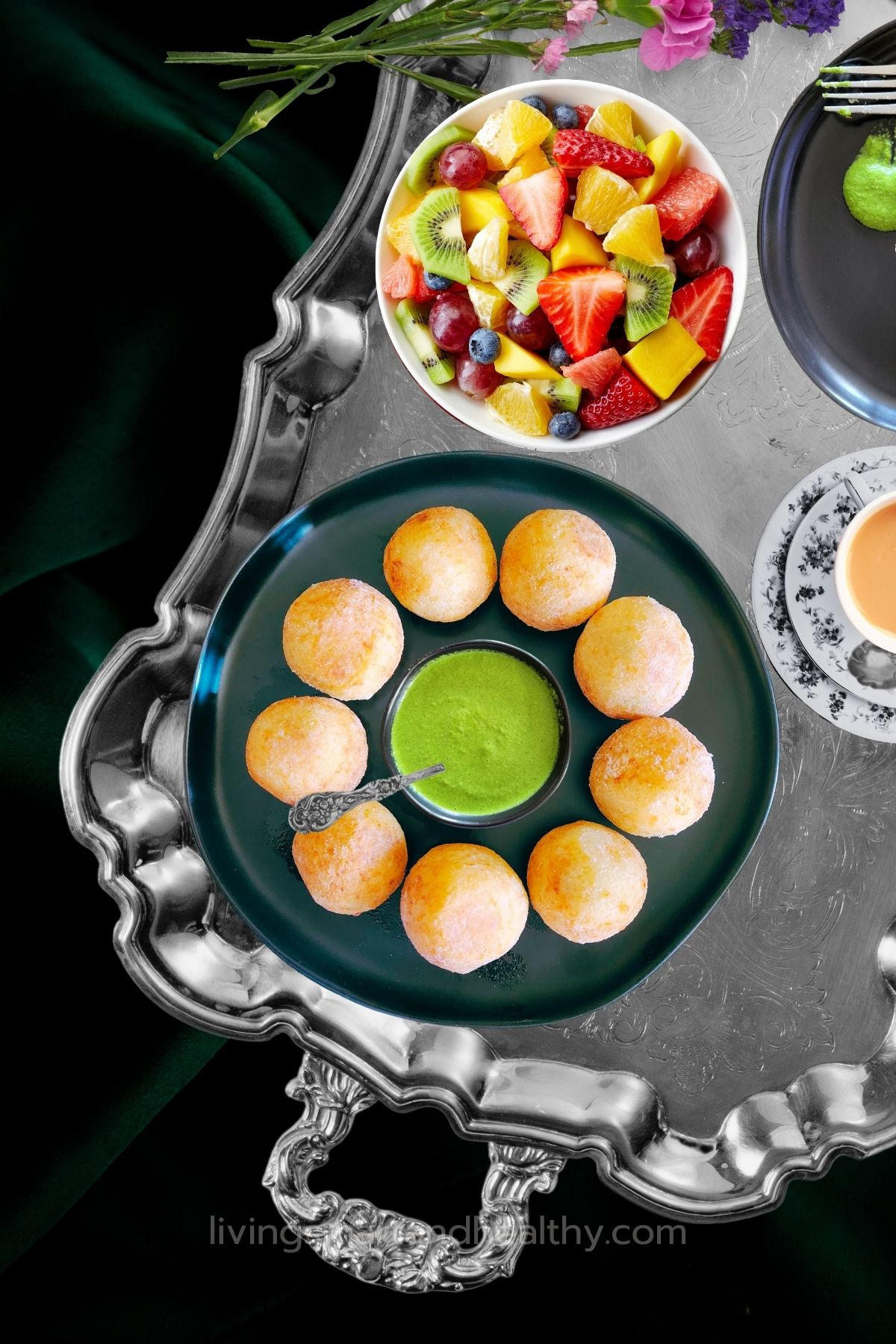
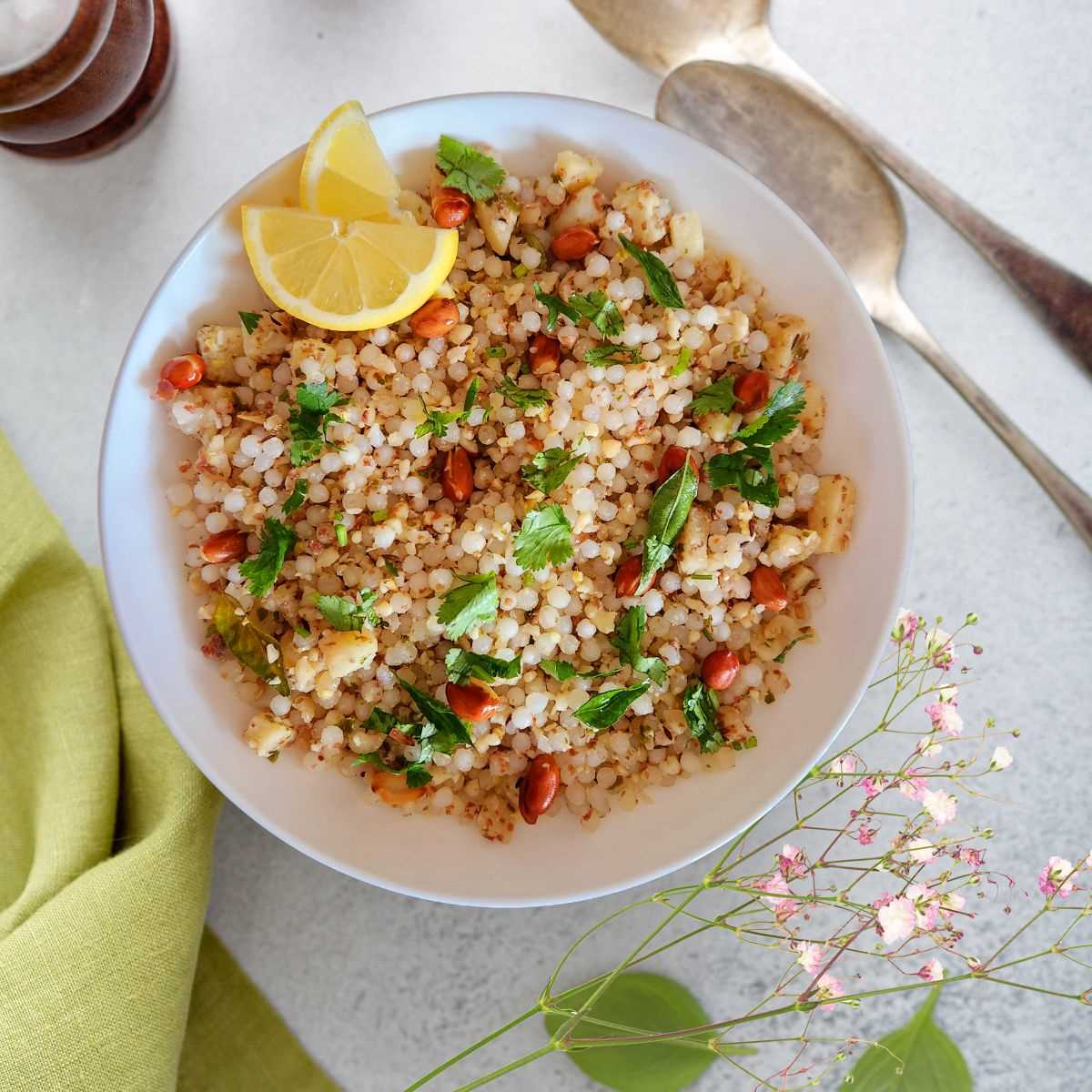
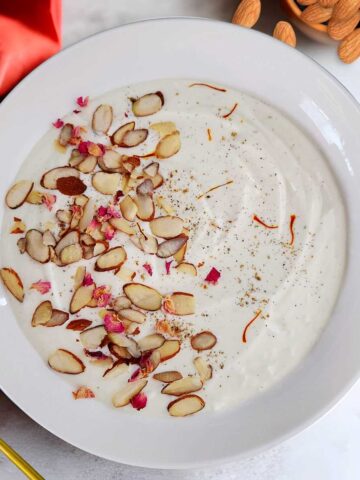
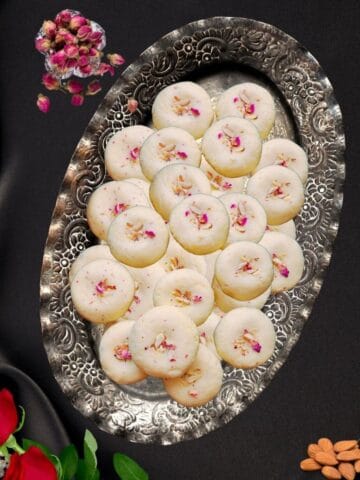

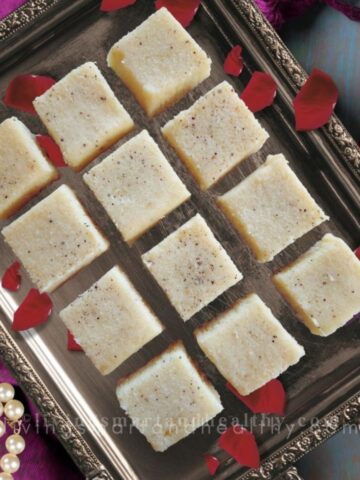
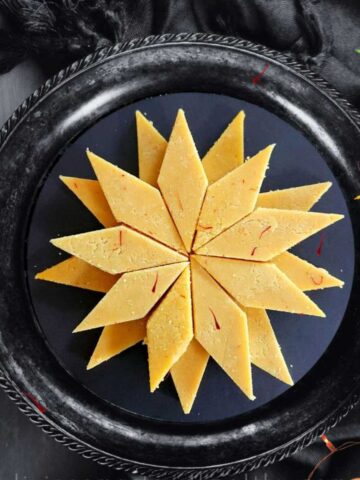
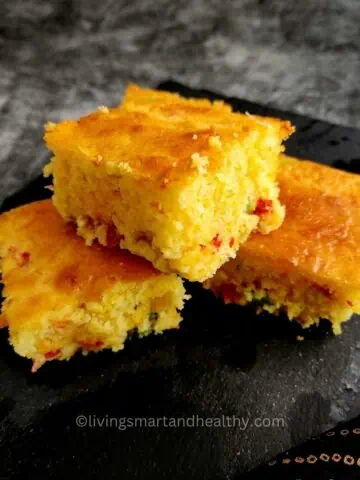
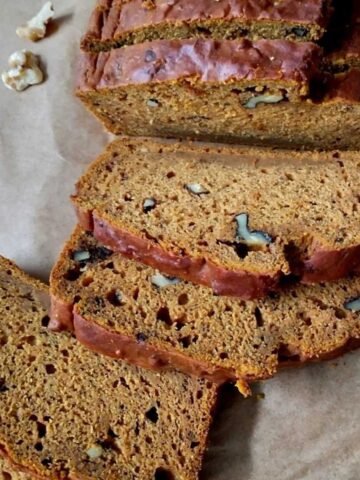
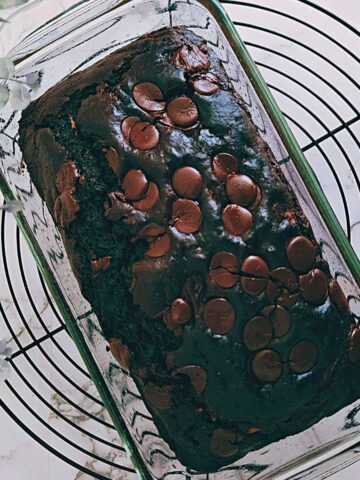
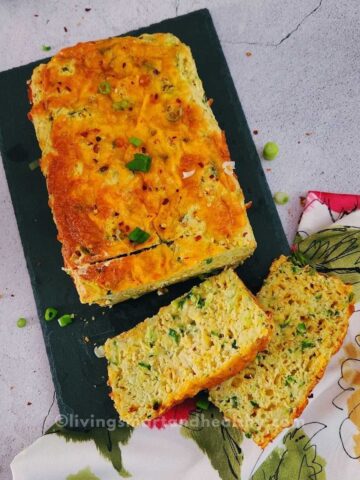
Leave a Reply
You must be logged in to post a comment.